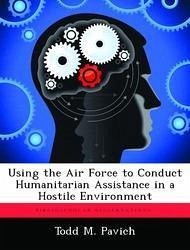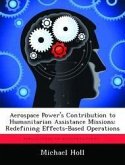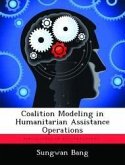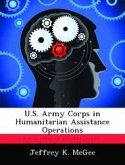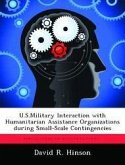The United States Air Force (USAF) dedicates aircraft, crews, and ground personnel to deliver humanitarian assistance (HA) when and where it is needed. Occasionally this entails penetrating hostile airspace, and these cases are not unique or obscure. Since 1990, political leaders have tasked the USAF to conduct HA airdrops in Northern Iraq, Bosnia, and Afghanistan. The USAF has a role and is being utilized to assist relief efforts. The exact nature of this role, however, is still undefined in Air Force doctrine. This thesis will determine if the Air Force should be used to conduct the HA mission in a hostile environment. It will focus primarily on airlift assets in a hostile environment and assess USAF abilities using the feasibility, acceptability, and suitability or FAS test. Operations in Bosnia and Kosovo serve as case studies and provide environments where HA could and could not be conducted. The USAF airlift fleet has both a global reach and the ability to operate in austere environments. It is feasible to task these assets to provide conventional relief. Acceptability is based on risk and cost. A political-military plan was developed for each case study to identify interest, objectives, end state, and others. In Bosnia, the risk to U.S. personnel was acceptable, and in Kosovo, it was not. This will always change with environment, technology, and political will. The Mohonk criteria provide guidance on when it is suitable to use the military for HA. In both case studies, the USAF met the established criteria and delivered HA when other agencies could not. Humanitarian airdrops were conducted within Bosnia to stranded civilians. Airlift missions to austere fields were conducted on the periphery of Kosovo for refugees. The USAF has a role in HA operations and doctrine is required to provide operational and tactical guidance.

